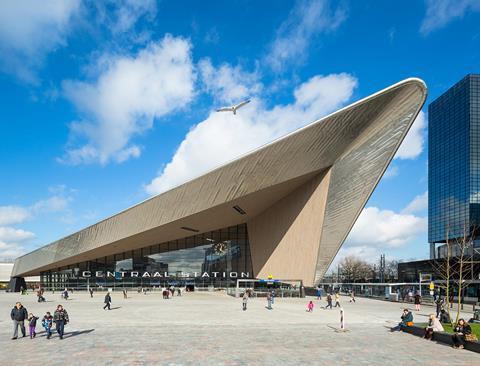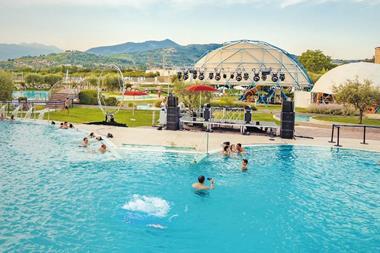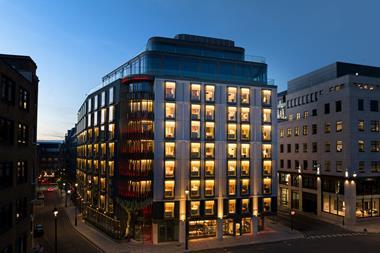The Netherlands' four largest cities have the potential to be one of the world's main metropolitan centres if they work more closely together, a PropertyEU investment briefing at Provada in Amsterdam heard this week.

Amsterdam is a world city with strong brand recognition, but its neighbours in the Randstad urban agglomeration – Rotterdam, The Hague and Utrecht - have tended to underplay their strengths, Bob van der Zande, director of Amsterdam's residential markets development corporation, said.
The four Randstad cities have a combined GDP of €288 bn and a population of 7.5 million, projected to rise to around 9 million in the next 15 years. They are also well connected, with train travel times of no more than 45 minutes between any two cities. Positioning themselves in the global marketplace as a Holland Metropole can give them a stronger profile and provide a platform for inward investment.
As real estate investment increasingly focuses on cities, it is becoming vital to secure a place in the top 30 global metropolitan regions, Van der Zande said. 'The biggest and most attractive metropolitan regions in the world will grow and you want to be there. Otherwise maybe in 10 years' time you'll slide away.'
Taken together the four cities are the second-largest destination for international conferences and fairs, just behind Paris. University research is another area where there is potential for more collaboration, using the model of London's 16 knowledge centres, Van der Zande argued.
Each of the cities has its own strengths and weaknesses, but the panellists agreed they needed to be more integrated in their planning strategies. Hans van Rossum, head of area development in Rotterdam, pointed to his city's new central district as an example of this in practice.
'Someone we were working with suggested it would be attractive to build a new Zuidas (office-led district in south Amsterdam), and I said not at all, because the Zuidas is a 25-minute ride away by train,' he said. 'What we can do is benefit from the Zuidas and create a cluster where people can live. We would never have thought of that a couple of years ago: we'd have tried to compete.'
Henk Harms, director of development and economic affairs at The Hague, said his city's priority was to build residential districts around the three main railway stations. 'We need international capital to help us build all those houses and find the right solutions,' he said.
Facilitating skilled talent
Establishing a strong metropolitan region will also be crucial for attracting talent in the future, argued Marleen Bosma, head of global research at Bouwinvest. 'It's all about the establishment of international companies and making a vibrant environment within those cities to facilitate the skilled talent that needs to be retained.
'There's a shift towards Asia and we really have to compete with China in the future. It's so important that the local governments team up together and try to find out where that synergy is.'
Rotterdam's Van Rossum agreed: 'On a global scale there is a war for talent, and we need to co-operate to win this war. We cannot do it by ourselves: we have to work together.'
From the investors' point of view, the Dutch metropolitan region is on a par with London and Paris, said Eelko Korteweg, director of development and acquisitions at Greystar. 'Greystar looks at continental Europe and Holland Metropole is one city within continental Europe,' he said.
Korteweg said the challenge facing all local governments was how to cater for a changing demographic in which half of households are now occupied by a single person. That favours well-connected metropolitan regions that can offer a well balanced mix of working, living and leisure facilities. 'It's a very interesting question for municipalities: what do they need to offer to accommodate the young successful entrepreneurs of the future?'









